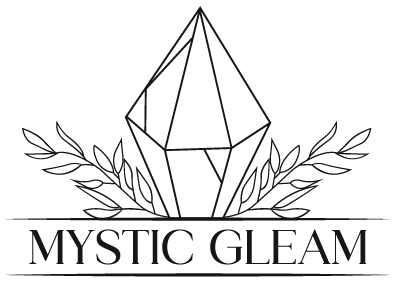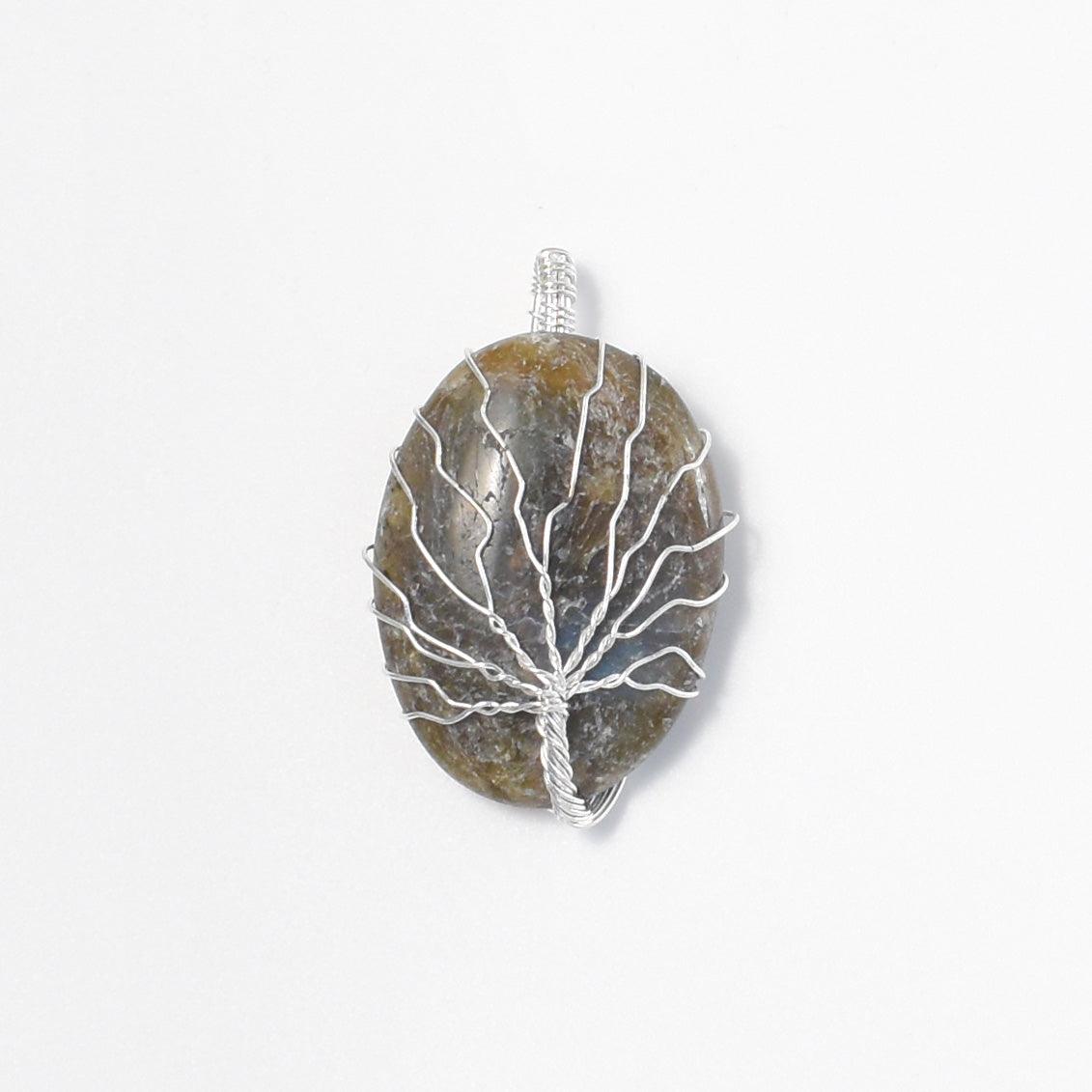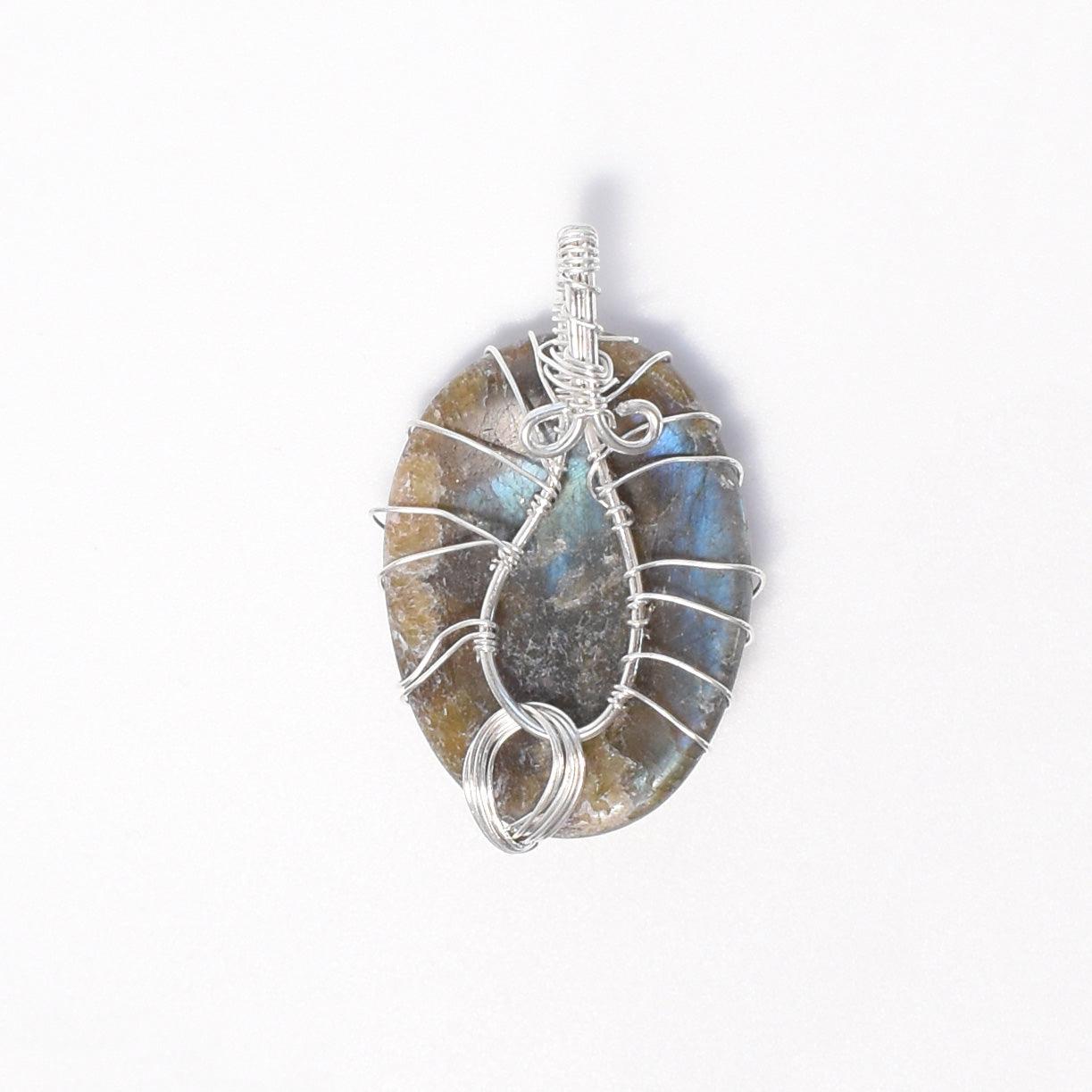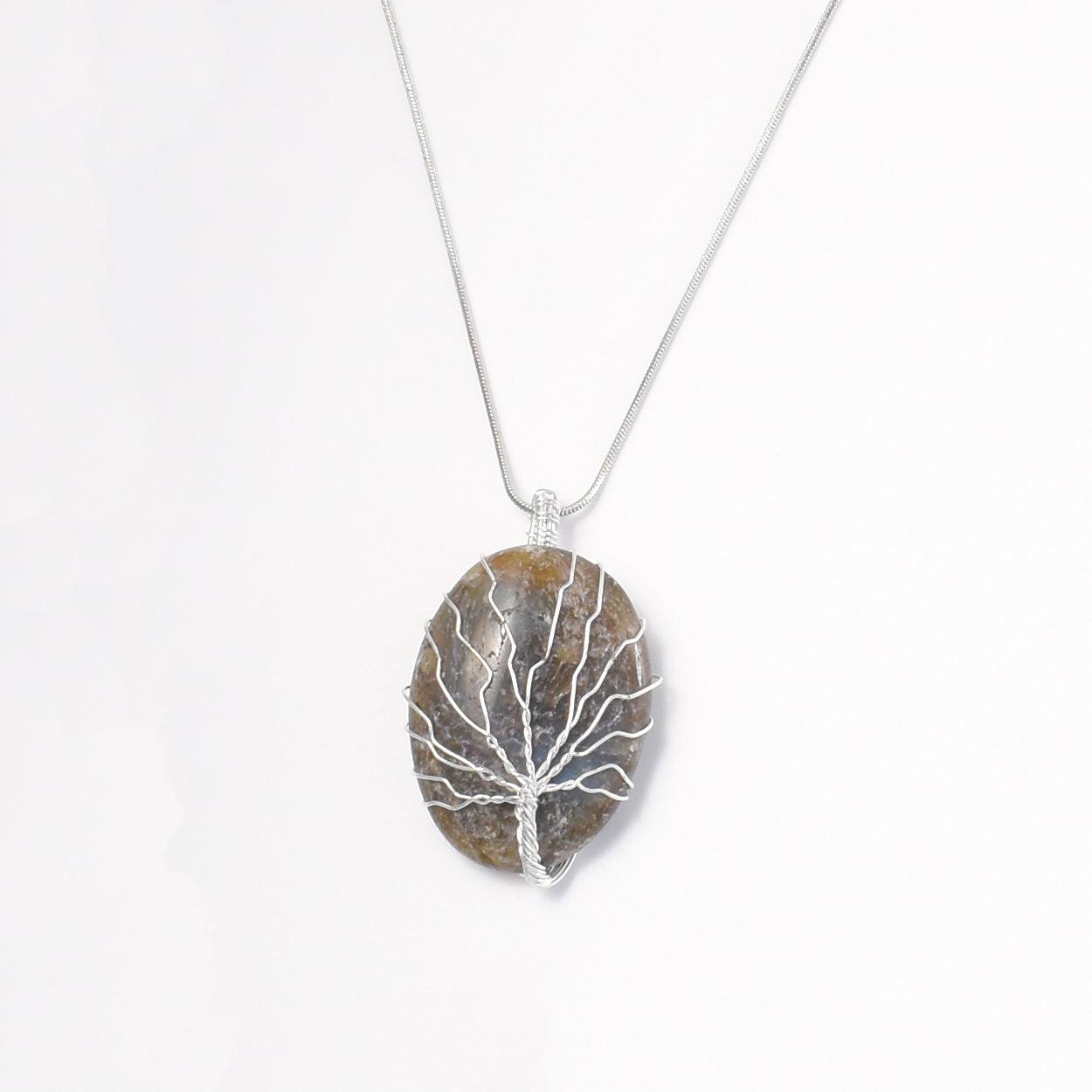
Gemstones That Can Withstand a Good Soak
Partager
Which Crystals Can Go in Water
There's nothing quite like a warm, relaxing soak to wash away stress and reset your mind and body. But did you know you can take your bathing ritual to the next level by adding crystals to the water? This ancient practice of "gemstone bathing" allows you to harness the unique vibrations and energies of specific mineral specimens.
That said, not all crystals are created equal when it comes to water exposure. Some can easily go in the tub or get rinsed under a faucet, while others could become damaged, dissolve, or lose their energetic potency. In this guide, we'll explore which crystals can go in water safely, including salt water, so you can create your own rejuvenating crystal baths.
Let's start with the basics – which crystal can go in water without issue?

Quartz:
Varieties Quartz is one of the most stable, durable crystals that won't be affected by fresh or salt water immersion. This includes clear quartz, rose quartz, amethyst, and most quartz varieties and clusters. Their hard structure can withstand bathing.
Agates and Jaspers
Similarly, chalcedony gems like agate, jasper, and onyx are water-safe choices to drop into your bathwater or hold under a shower stream. Their tightly-bound molecular structure means they won't absorb water or get damaged.
Obsidian
This volcanic glass is another water-friendly option for bathing rituals. Obsidian's smooth surfaces won't be etched or weakened by water.
Jade
The mineral nephrite, commonly called jade, can absolutely go in water without issue. Jade has been used in water rituals for centuries due to its durability.
Hematite
While this grounding, metallic stone may seem like it would rust, it's actually a very water-safe crystal to soak or rinse.
Now, for the gems that require a bit more caution:

Selenite
This high-vibrational crystal can go in water for short periods, like taking a ritual bath, but you don't want to leave it submerged for too long. Excess exposure can cause selenite to become cloudy, etched, and deteriorate more quickly.
Pearls
Because pearls are made up of nacre (layers of calcium carbonate), prolonged freshwater submersion could potentially cause discoloration or damage over time. Salt water is generally safe for pearls as it mimics their ocean origins. Just be sure to give them a fresh rinse after.
Turquoise
Most turquoise can go in water, but pieces that are highly treated, dyed, or stabilized may react poorly to submersion. When in doubt, avoid soaking untreated, natural turquoise.
And now, for the crystals you absolutely want to keep dry and out of any water:

Halite
Salt crystals and minerals like halite will quite literally dissolve and melt away in fresh or salt water. Keep them high and dry!
Fluorite
While fluorite is safe to quickly rinse under a gentle stream, avoid submerging this soft mineral in any type of water, as it can severely damage, etch, and cloud the crystal over time.
Calcite
Much like fluorite and halite, calcite's molecular structure and composition make it prone to dissolving and degradation when exposed to water for too long.
Labradorite
This striking iridescent feldspar is not water-friendly. Prolonged soaking can cause labradorite's colors and flashes to fade over time.
Angelite
The delicate, pale blue stripes in angelite indicate it's not a water-safe stone, as immersion could cause its unique banding patterns to bleed or discolor.
Malachite
Despite malachite's stunning green tones, this opaque gem can start oxidizing and developing unsightly gray or black patches when allowed to soak. Keep it out of the tub or shower.
When doing any crystal bathing, it's also wise to avoid combining water with crystals that can rust, like pyrite, as they'll degrade over time.
How to bathe with crystals?
It's best to dedicate a non-porous vessel or bowl just for your crystal soaks. Fill it with warm water from your tub and carefully place in your chosen water-safe gemstones. Salt can be added, but avoid harsh soaps, oils, or additives that could potentially damage certain crystals.
Some opt to bathe directly with their crystals by bringing them in the tub or shower. This can be a powerful way to absorb the stones' vibrations. But use caution getting in and out with slippery gems underfoot. Bowls and containers are safest.
You can also place water-safe crystals in mesh bagging or containers, then allow the warm bathwater to flow over and around them as you soak. The heated water helps activate and discharge the crystals' metaphysical properties for your body to absorb.
Dedicate 20-30+ minutes to mindfully relax and focus on your intentions during your soak. Visualize the crystal energies infusing the water and entering your aura and chakras.
Afterwards, be sure to carefully towel dry any crystals that can go in salt water too, as you don't want them remaining wet and potentially getting damaged.
Gemstone bathing is the ultimate way to renew, recharge, and reset your energy field. Just be selective about which crystals you choose to get wet – not all can withstand prolonged water exposure. By sticking to the water-safe gemstone varieties we covered, you'll be able to enjoy the benefits of crystal-infused soaks safely and responsibly.
So draw yourself a warm bath, drop in your quartz or obsidian, and let the crystal-charged waters reinvigorate your mind, body, and spirit!






